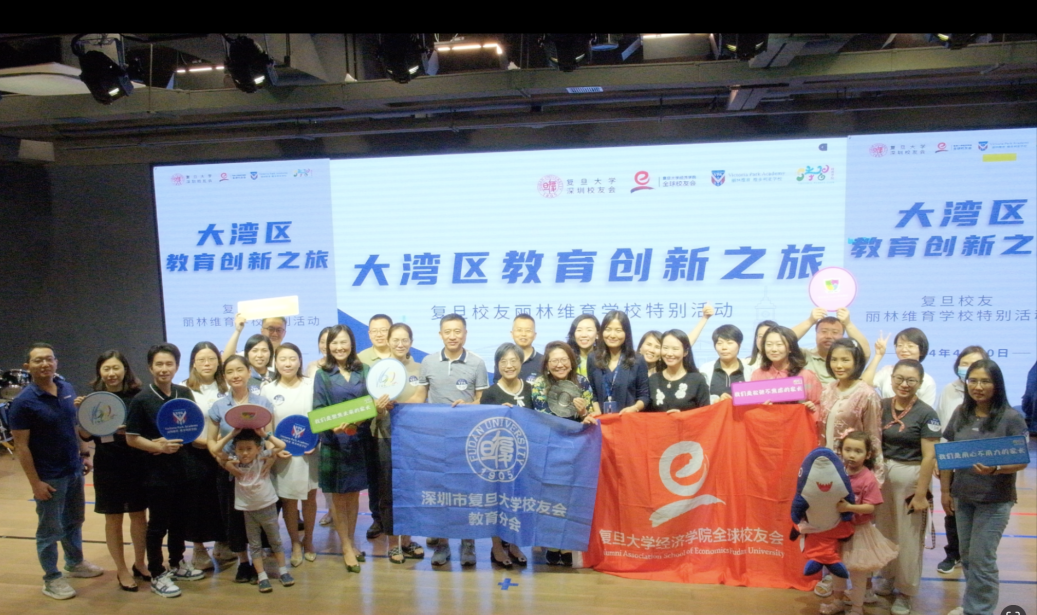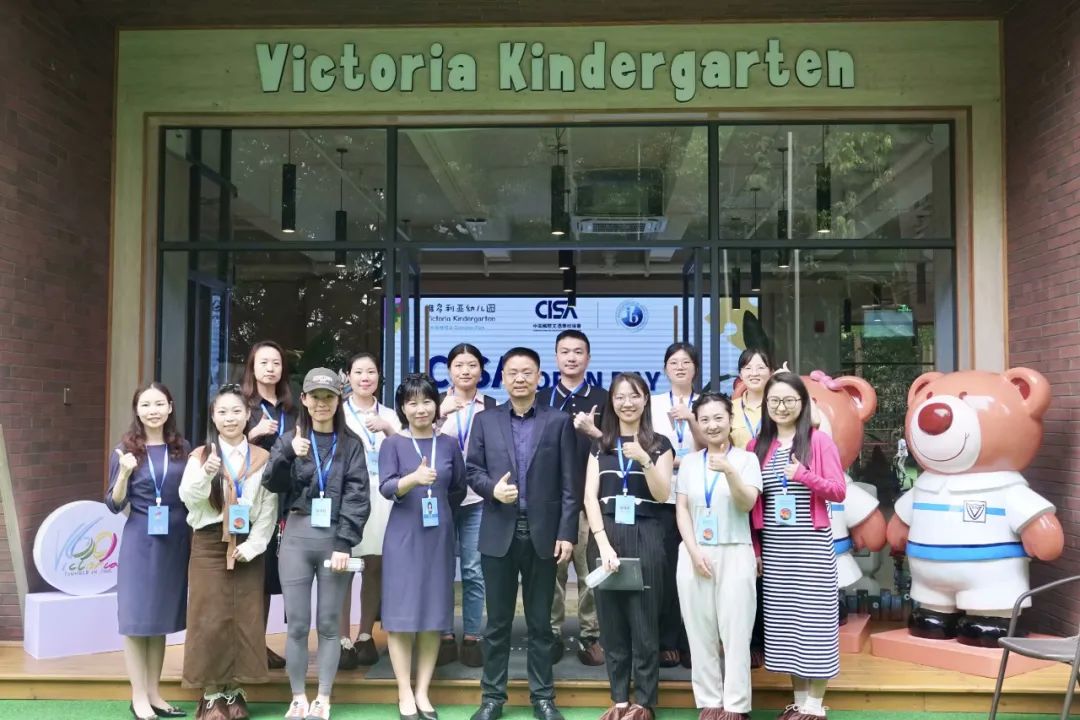Children's learning journey and achievements are like paintings, where each stroke holds unique meaning and value. However, when it comes to the assessment reports and learning journey of IB (International Baccalaureate) education, we often find this painting somewhat abstract, unable to capture its intricate details accurately.
Today, we aim to unravel these uncertainties and delve deeper into the application of IB assessment methods.
Learning Journey = Talent Show?
In the past few months, we have organized several learning showcases for different grade levels. Some may perceive these events as opportunities for children to showcase their talents, while others view them as a chance for parent-school communication. These are indeed aspects and purposes of learning showcases, but more importantly, we aim to use these representations to demonstrate what children have truly learned.
For example, in this recent learning journey for year 3, children prepared an outstanding performance. Can you guess from these images what they are trying to convey?
Through these instruments, glow sticks, and other materials, some of us might be able to infer that they are taslking about "light" and "sound."
Children explained their learning process and reflections to parents through their own expressions. This was also a manifestation of the previous learning theme, "How do we express ourselves?
During the learning process, we explored various aspects of "light" such as refraction, reflection, the history of lamps, rainbows, and lightning. Similarly, we delved into the theme of "sound" which encompassed topics like sound waves, vibrations, echoes, and the timbre of different musical instruments. Then we integrated various subjects including Chinese, English, STEAM, music, and art.
Our teachers further guided the children in UOI to unleash their creativity, prompting them to think about "how to solve a case using light and sound." They were encouraged to apply their acquired knowledge and harness their own creativity to design detective tools. The children's creativity surpassed our expectations, leaving us amazed and impressed.
Transparent and objective assessment criteria
In addition to the learning journey, we employ a variety of assessment methods. In our assessments, we strive to utilize objective language to describe the children's performance, avoiding overly subjective judgments and grading. For example, in the semester report, our assessment focuses on the child's effort and consistency, as well as their skills and understanding.
In assessing skills and understanding, we use more objective and cautious language. We divide the assessment into four stages: Beginning, Developing, Consolidating, and Extending. We do not wish to discourage children who are just starting to develop their knowledge, skills, and understanding by using negative terms. Similarly, we aim to prevent children who have mastered basic skills from becoming overly complacent. Therefore, we employ such vocabulary to evaluate their current abilities.
IB advocates for learning based on authentic contexts. In order to equip each student with the ability to address real-world problems, the design of VPA assessments incorporates the GRASPS framework (Goal, Role, Audience, Situation, Challenge, Product, Performance, and Purpose) to construct authentic context assessments. This approach empowers students with the autonomy to demonstrate creativity, innovation, and critical thinking, thereby enabling differentiated assessment.
The assessment criteria in IB reports are also provided to students in advance, allowing them to have a clear understanding of the standards and expectations. This enables them to accurately gauge their progress and have a greater sense of control over the final outcomes.
Taking this task description as an example, we use the grading scale of E=Excellent, G=Good, S=Satisfactory, W=Weak as the performance levels. We assess students' task outcomes from multiple dimensions, specifically evaluating their work based on organization structure, creative techniques, and language usage. These three aspects are considered together to provide a comprehensive assessment of the students' work.
Many parents and friends who have had overseas study experiences may notice that this assessment system is very similar to the rubrics they encountered in their college or high school. Indeed, this is one of the reasons why IB students excel in international higher education institutions. We have been prepared from a young age for children to adapt to the demands of international higher education.
IB education is characterized by its diverse and comprehensive approach, where we can observe multiple disciplines and various forms of learning in every class. This type of teaching complements the objective and holistic assessment methods, shifting students' focus from grades to real, tangible abilities.
IB education and VPA share the goal of nurturing well-rounded students and encouraging them to become creative, empathetic, and socially responsible global citizens.
We believe that such authentic and effective teaching methods, along with the assessment approaches, allow children to see beyond surface-level learning and grasp the essence of their education.






